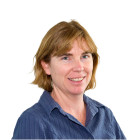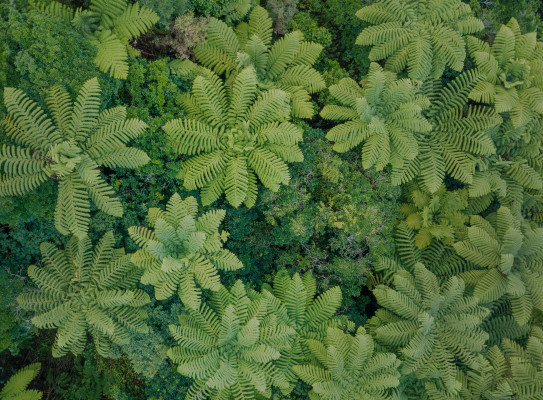
CarbonWatchNZA full carbon budget for New Zealand

Specialists at GNS Science are leading the urban and land carbon components of a world-first project: the development of a complete top-down picture of New Zealand’s carbon balance.
Overview
For greenhouse gas mitigation policies to be effective, we need to be confident that the promised emissions reductions are real, aiding governments and industry to ensure that the actions they take are working and, at the same time, holding them to account.
What makes CarbonWatchNZ so vital is that doing this work is not just about scientific discovery, it is work that will make a real difference in people’s lives.
CarbonWatchNZ is a five-year project that combines measurements of greenhouse gases in the air above New Zealand with high-resolution atmospheric models that show where the gases have come from. New Zealand is the first country in the world to develop a national-scale picture of a country’s carbon balance. This new, nationwide project will measure our two main greenhouse gases – carbon dioxide and methane – in the three landscapes that are most important to New Zealand’s carbon balance – forests, farmland and urban environments. There will be 17 continuous measurement sites around the country.
CarbonWatchNZ is a WMO IG3IS exemplar project funded by MBIE’s Endeavour Fund. It involves partners NIWA, Manaaki Whenua – Landcare Research, Auckland Council and the University of Waikato. Information from the project is used in Ministry for the Environment reporting to the United Nations about New Zealand’s work to meet its obligations as a signatory to the Paris Agreement, an international treaty on climate change.
This project aims to
- Understand emissions of CO2 from human activities (fossil fuel burning) and the offsets to these emissions from land carbon uptake
- Take stock of urban methane emissions from sources such as landfills, wastewater and natural gas infrastructure
GNS Science leads the urban component of this effort with these objectives.
To achieve these aims, our objectives are to
- Use a combination of greenhouse gas measurements made at sites around Auckland
- Use radiocarbon measurements that allow us to partition CO2 emissions into the human-produced and land carbon components
- Employ flux modelling and atmospheric transport modelling to understand urban emissions in New Zealand’s largest city
- Use land carbon modelling to estimate the carbon exchange between the atmosphere and land, both for urban areas and across all of New Zealand
The information from these measurements will be crucial in making good decisions about carbon mitigation strategies both nationally and regionally. In Auckland, Ngāti Whātua Ōrākei have engaged with the project to help understand the benefits of their ongoing native tree planting work in Auckland.
